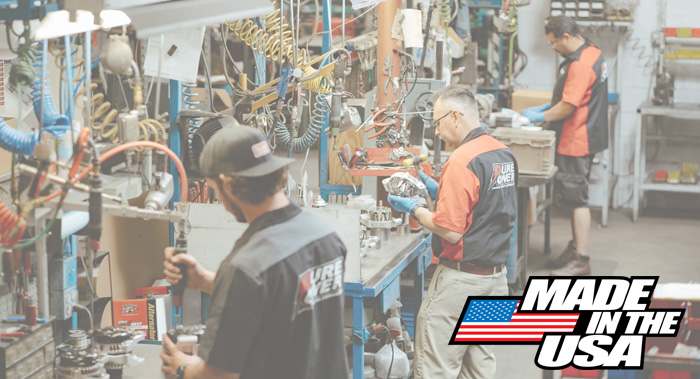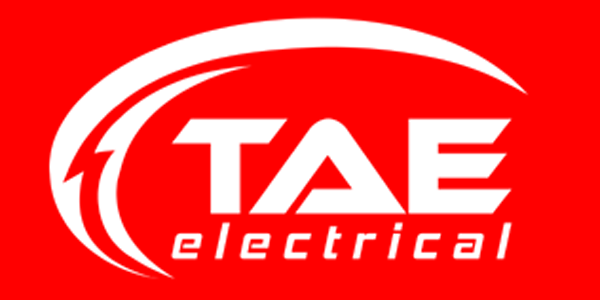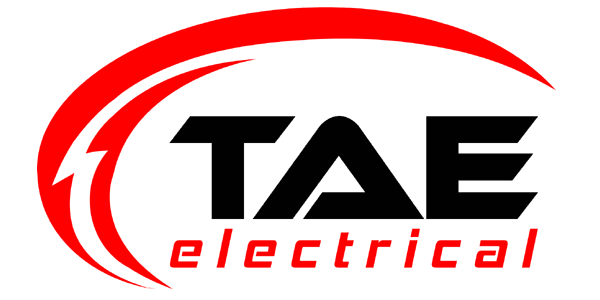Common Alternator Problems and How to Fix Them
If you've ever had an issue like frequent dead batteries, your vehicle stalling, or accessories like the headlights not working right, then you’re likely familiar with alternator problems and the effects that a malfunctioning or broken one can have on a vehicle. Let’s take a look at some of the most common issues people experience with their alternators, and how to go about fixing them.
What Is an Alternator?
A car alternator is, to put it simply, an electromagnetic generator with a rotating core powered by the rotational energy of the car’s wheels. Just like a generator turned by steam or hydrological power, this device recharges your battery and keeps the lights, air conditioning, and anything else requiring electricity in your vehicle working.
Because of the constant energy running through them and their proximity to hot components of the engine, they can experience breakdowns due to normal wear and tear. If you experience any of the following issues, you likely have one of the following common alternator issues:
- Issues with the car’s lighting
- Frequent dead batteries
- Issues with stalling
- Noises from the engine or a high-pitched humming
- Unusual smells from the engine like burning rubber
Common Alternator Issues and Their Solutions
Before beginning this section, it’s important to clarify that you should only attempt repairs on a vehicle at home if you are comfortable doing so and you know your way around electrical systems. Working on a vehicle at home without proper training or equipment can lead to serious damage to the vehicle and puts you at risk of injury, as high voltage levels can be encountered.
1. Loose or worn belts
If you’re hearing strange noises from the engine, it could be a problem with your alternator belt, used to transfer spin from the axle to the alternator. Modern vehicles usually have one belt that powers accessories, called the serpentine belt. If the belt looks cracked, frayed, or worn, it can cause issues with the alternator.
You’ll have to replace it, which will involve disconnecting the battery, releasing tension on the belt, and threading it through the pulleys again. These belts are usually easy to reach which makes the process simpler, but without tools and experience you should avoid doing this procedure yourself.
2. Improper electrical connections
Loose or otherwise faulty electrical connections can cause the same issues as a bad alternator. To test these, check all connections for tightness and use a multimeter to test for a voltage drop between the alternator and battery.
If you notice any corrosion or burnt-out looking connections, you’ll want to look into upgrading or replacing the wiring and connector points as your system is overloading. Performance alternators output more power, so the wires must be upgraded as well.
3. Worn out bearings
Another common issue that can cause alternator issues and strange noises like a high-pitched whining, grinding, or thumping sound is when the bearings go bad. Bearings help reduce friction within the spinning components of the system.
To test the bearings, locate the alternator while the car is off. Try and turn the core by hand, and if you have difficulty or experience friction, you likely have bad bearings. You can also try pushing up and down on the pulley hub, and if you feel motion that likely indicates a bad bearing.
At this point, the best idea is usually to simply replace the alternator.
4. Voltage regulator issues
If you are still having issues but it’s not the serpentine belt, you aren’t hearing the tell-tale noises of a bad bearing, and all connections seem to be proper, then it could be a voltage regulator issue. The voltage regulator is in charge of making sure that no power over a certain limit goes into the vehicle, to avoid burning out systems or sending too much charge.
To test this, you’ll need a multimeter and some experience checking different voltages. You will need to conduct a series of measurements and tests to determine if this is the case, or you can try bypassing the regulator. If you can bypass the regulator and it fixes the issue, then this is likely the culprit.
5. Internal alternator failure
If you’ve tried all of these fixes and are still having issues, then likely your alternator has simply failed. Like all other mechanical parts, normal wear and tear can cause them to break in ways that are more expensive to fix than to replace.
If this is the case, you’ll have to replace the alternator with either a used one or a new one. Depending on your experience, you can install it yourself or you can visit a mechanic for this job. Either way, alternator repairs are common and not too hard on a vehicle.
Remember, always take safety precautions and if you don’t feel comfortable working on engines then it’s better to let the professionals handle it. Contact an alternator specialist today if you feel like you are having issues and need help with them!

NEED HELP? CALL US 1-520-622-7395
FAST SHIPPING
Orders placed by 2pm EAST will be processed same day








